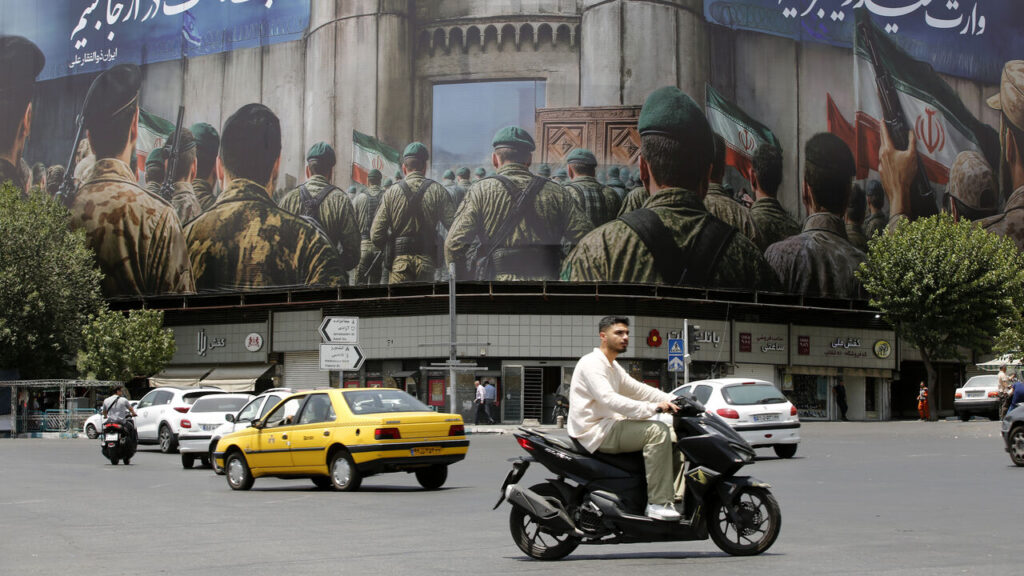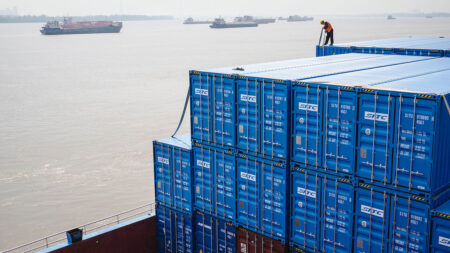Even before the onset of conflict and the sound of bombs raining down, it was clear that Iran’s economy was already in dire straits. A staggering statistic highlighted the gravity of the situation: approximately sixty percent of the country’s working-age population found themselves unemployed. The economic strain was further compounded by an alarming surge in inflation, with prices skyrocketing by thirty-five percent over the past year. Such financial turmoil plunged around eighteen percent of the populace below the World Bank’s poverty threshold, resulting in widespread hardship among ordinary citizens.
To make matters worse, despite the country’s vast natural resources, particularly in oil and gas, Iranian officials faced crippling energy shortages. In a desperate attempt to maintain basic services, they resorted to burning mazut—a low-grade byproduct of oil refining—just to keep the lights on in cities and towns across the nation. This ridiculous irony, where a nation rich in energy resources struggled to meet its basic energy needs, further illustrated the depth of Iran’s economic malaise. The leadership in Tehran was grappling with the dual challenges of international sanctions and political discord at home, which had exacerbated the already precarious economic landscape.
In this tense atmosphere, Israeli Prime Minister Binyamin Netanyahu directed his attention toward Iran’s economic infrastructure. Amidst mounting military provocations, Israeli air forces targeted a variety of strategic sites within Iran. The operations included aerial assaults on military bases and the nation’s nuclear facilities, signaling a significant escalation in hostilities. Notably, Israeli jets executed precision strikes on at least two gas fields and multiple oil fields, aiming to cripple Iran’s energy export capabilities.
The choice of targets was perhaps not incidental, as the energy sector is a vital artery of Iran’s economy. By crippling these resources, Israel not only aimed to undermine the Iranian economy but also sought to disrupt its military funding. A car manufacturing facility was also targeted, showcasing the broader strategy of targeting critical industrial capabilities that could sustain Iran’s military ambitions. Each strike was aimed at sending a clear message about the consequences of Iran’s actions on the regional stage.
The implications of these military maneuvers were profound. As Israel intensified its campaign against Iran’s economic foundations, the Iranian populace felt the pressure mounting on their already strained livelihoods. The bombings instigated a fresh wave of uncertainty and despair, compounding the existing economic woes and fueling societal unrest. The government faced mounting pressure to respond, both from within and outside its borders, leading to a precarious political climate that was ripe for further escalation.
The situation was finely balanced. Iran, with its back against the wall, could either seek a diplomatic resolution to ease the punishment of sanctions or retaliate militarily, risking a wider regional conflict. Decisions made by both Tehran and Jerusalem would carry significant weight, as pathways for negotiation appeared fraught with skepticism and distrust. The international community watched anxiously, aware that any misstep could trigger a violent outbreak that would have repercussions transcending national borders.
In conclusion, the socio-economic landscape in Iran was a complex tapestry woven from despair and resilience prior to the military engagements led by Israel. The nation’s significant unemployment rate, soaring prices, and energy crises painted a troubling picture of everyday life for millions. As Netanyahu’s military actions targeted vital sectors, they threatened not just Iran’s economy but also the delicate balance of peace in the region. The unfolding events hinted at a larger narrative of defiance against external pressure woven into the fabric of Iran’s identity, setting the stage for potential futures fraught with uncertainty.









